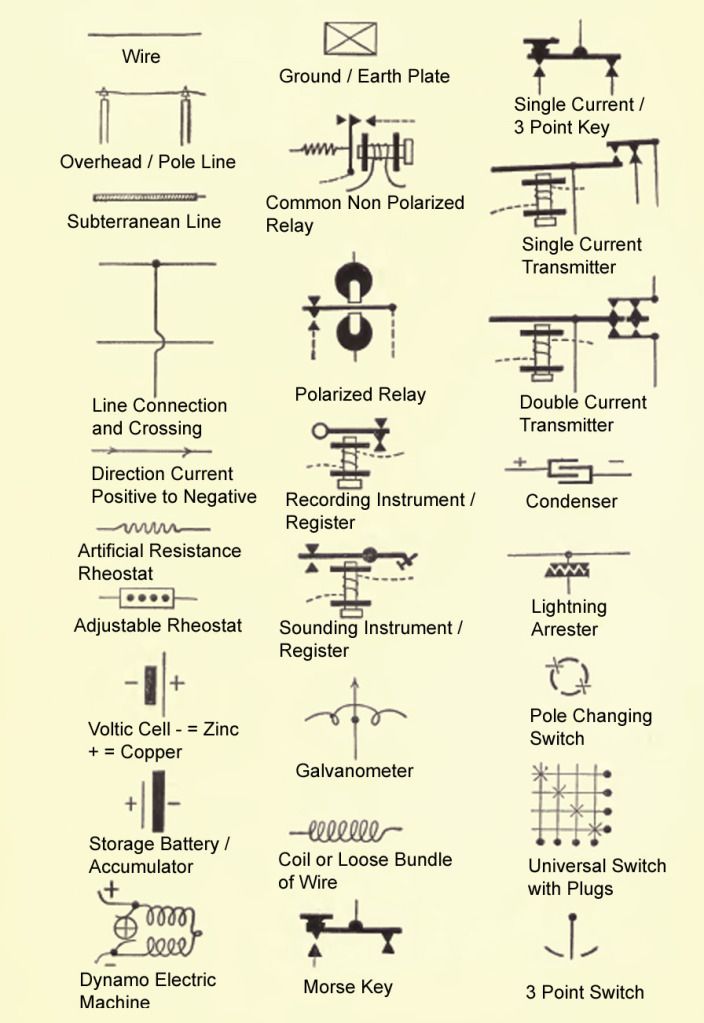Yes Wonju
very nice explanation and documented
easy to read and right place of picture is really helpfull
well done
for myself i tried some approach of the system
here some pix of my preparation of a replication
first pix are an idea to build the round tap system (not tested yet )
So as you can see (pix 3 ) , i have made a serial of 2.2 k ohm resistor (10 time 220 ohms in serie with 10 tap connector places ) and tried to slide by hand ,back and forth a brush on the connector (red wire ).
I got very different results depending of the coils
here for eg 2 coils with armature from a microwave oven fan motor.
As you can see i can not get a nice u shape wave , but more an inverted u wave shape.
OK my very first test to encourage other on this system.
good luck at all
Laurent
very nice explanation and documented

easy to read and right place of picture is really helpfull
well done

for myself i tried some approach of the system
here some pix of my preparation of a replication
first pix are an idea to build the round tap system (not tested yet )
So as you can see (pix 3 ) , i have made a serial of 2.2 k ohm resistor (10 time 220 ohms in serie with 10 tap connector places ) and tried to slide by hand ,back and forth a brush on the connector (red wire ).
I got very different results depending of the coils
here for eg 2 coils with armature from a microwave oven fan motor.
As you can see i can not get a nice u shape wave , but more an inverted u wave shape.
OK my very first test to encourage other on this system.
good luck at all

Laurent

 I remember thinking at the time if the vast majority of magnetic flux is contained with in the Iron core and certainly can not “cut” the secondary coil in any true sense then how can power possibly be produced in it?
I remember thinking at the time if the vast majority of magnetic flux is contained with in the Iron core and certainly can not “cut” the secondary coil in any true sense then how can power possibly be produced in it? 

Comment